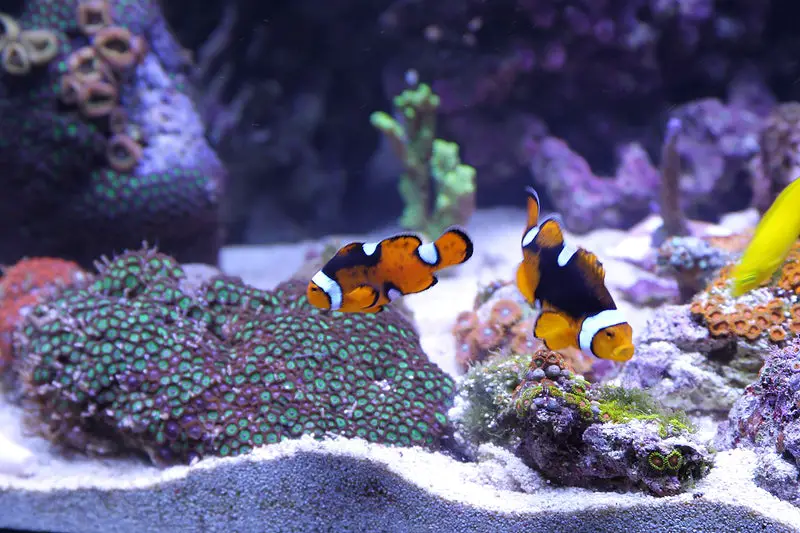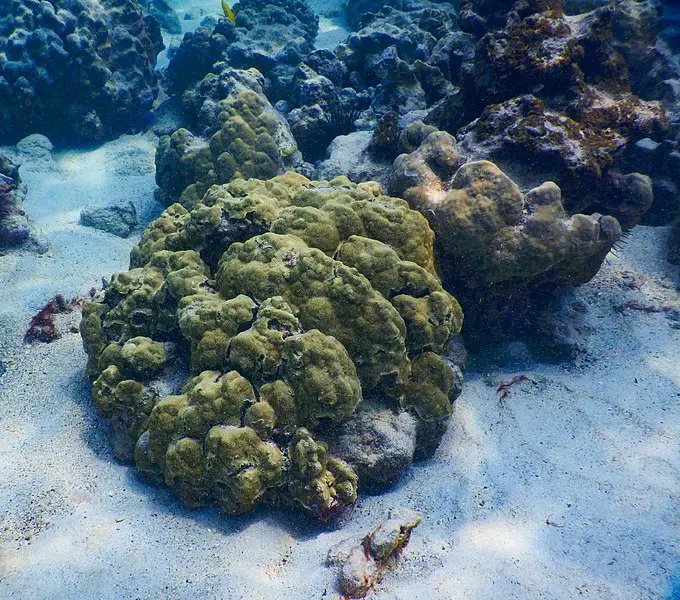Alkalinity is an essential facet to any saltwater aquarium, especially reef tanks, and it stands to reason that you will want to raise these levels very quickly! Reef tanks need adequate alkalinity in order to ensure coral calcification and skeletal formation of certain inhabitants. It is also useful for preventing alkalinity burns, the corals being bleached, pH swings, and even tissue loss.
But how fast can I raise alkalinity in a reef tank? Generally, by no more than 1.4 dKH a day. Given just how important alkalinity is in a reef tank, it is important to test it every week, too. In aquariums, all alkalinity is measured in dKH (degrees of carbonate hardness). Generally speaking, alkalinity in reef tanks should be between 8 and 12 dKH.
After measuring the alkalinity in your reef tank, you may find that it is a bit below the recommended dosage, at which point you will of course need to raise the alkalinity. There are a few ways in which you can do this, including adding baking soda, lime water, seashells, or even supplements to your reef tank. That said, you’re going to need to follow a few strict guidelines – but it really won’t take you long!
What causes alkalinity to drop in a reef tank?
Alkalinity dropping in your reef tank is completely natural, and a sign that things are working relatively normal. More often than not, this occurring is in fact a sign that your corals are doing what they should! However, keeping the perfect balance is essential, and yes, there may be a few other reasons why ALK level is dropping faster than is healthy.
But what causes alkalinity to drop in a reef tank beyond this? It may be due to coral eating it up; because you have recently added calcium to your tank; or, finally, the alkalinity could be dropping due to the fact that you have recently changed the water. It’s when the alkalinity is dropping outside any of these circumstances that you need to start keeping a close eye on what is going on.
The correct balance of calcium is also essential, but you do need to remember to measure the alkalinity levels immediately after, to ensure that there is a perfect balance. You will need to do exactly the same if you have recently changed the water. The water could either be very high in calcium, or very low in alkalinity – in either extreme, your corals and fish are not going to be very healthy.
How do you raise pH without raising alkalinity in a reef tank?
There are a few ways that you can increase the pH level without affecting the alkalinity level too much, including adding limewater to two-part pH supplements, or simply by aerating the tank more. Having the right pH balance in your reef tank is essential in order for the corals to build up and grow.
But how do you raise pH without raising alkalinity in a reef tank effectively, regardless of tank size or community? Using limewater with pH additives is usually the optimum choice, especially during the colder months when aerating the tanks may be a little more difficult. Of course, it’s always a good idea to consult an expert when you first invest in a reef tank to ensure you know of the best steps to take.
However, always be ready to aerate a tank wherever possible – you can easily help to aerate the tank simply by lowering the CO2 level. Do this by opening a window in the room to help with the ventilation. Growing macro-algae is also a great way of dealing with the low CO2 levels, but will require more attention.
What causes alkalinity to rise in reef tank?
Low alkalinity is not the only thing that you have to consider. High alkalinity can be an equally concerning issue and will need to be remedied as soon as possible. High alkalinity can be caused by a number of things, including low calcium levels, and nitrate levels that are lowering.
As mentioned, calcium is an essential facet of your reef tank and needs to be well-balanced with alkalinity. Simply measure the level of the calcium in the tank and if it is indeed too low, then add in a few calcium supplements. By adding calcium to your tank more frequently, it is likely that you will start to see your alkalinity level off, or at least start to reduce.
But what causes alkalinity to rise in a reef tank outside of calcium? It could well be the nitrate level – the nitrate in your tank should never be over 1 ppm, as in the wild, marine life can experience levels below 0.1 ppm. Therefore, you may simply need to feed your fish more, or even add more fish to balance out the nitrate levels.
What should alkalinity be in a reef tank?
A reef tank’s alkalinity should be between 8 dKH and 12 dKH – ideally. Should it fall too low or too high of these numbers, then it will need to be addressed as quickly as possible to ensure that the inhabitants of the reef tank are safe. Thankfully, there are multiple ways that you can test the alkalinity of the reef tank yourself.
Beyond understanding what alkalinity should be in a reef tank, you need to start using test strips. They need only be dipped into part of the reef tank, and leaving underwater for around ten seconds. Depending on the color, you will be able to tell whether the alkalinity level is optimal – simply follow the guidelines of the strips that you buy.
You can also use test kits. For this, you will need to gather some water from the reef tank in a test tube, then mix the reagent from the kit with the water, leaving it for a few minutes. Again, following the color guide of the test kit that you choose, you will be able to tell whether the alkalinity level is correct or not.


